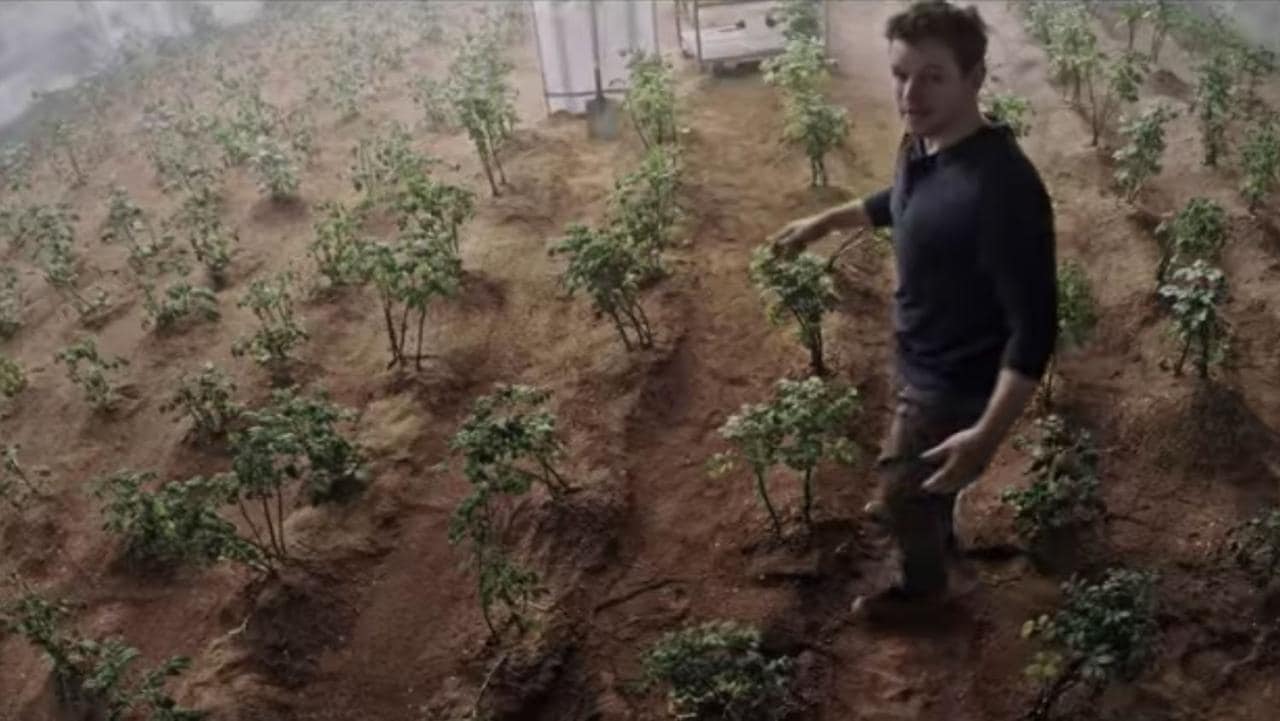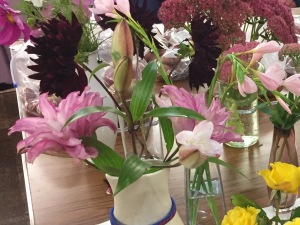

Ruth Cornett is a senior director of Heritage and Taxation at Christies and has previously given a talk to CABAHS about her garden at Eltham Palace Gatehouse. This talk focused on flowers in art. She said all gardeners in the way they visually create their gardens are artists, but not all artists are gardeners. Rather than describe the history of flower painting, she focused on how artists used flowers and plants to express themes – how through their paintings they send messages and use symbols and allegories. For example, paintings may comment on a name, be used for propaganda, as a tool for study, to make literary references, be used for educational purposes or to symbolise Christian stories. She illustrated these themes using famous artists from the Renaissance to the present day such as Rubens, Durer, Van Dyke, Murillo and in modern times Ravilious and Hockney.
For example, Ruth pointed out that Botticelli’s Primavera (1478-1502) is an allegory celebrating spring. The Laurel tree in the background of Georgione’s portrait of a new wife, Laura (1506) is a pun on her name and emphasis on her being a strong, loyal determined woman. The portrait of Edward V1 by Scrots (c.1540) is a good example of how paintings were used for propaganda purposes by the powerful. In this picture, the sun shines and looks down on Edward and the plants are growing towards him, whilst the Tudor rose in his hand shows that the Tudor Dynasty is moving forward. Ruth points to Durer’s The Great Piece of Turf (1503) a seemingly unordered collection of wild plants used to represent nature as an example of using paintings for study. Literary references can be seen in Millais’ Ophelia (1851), a character in Shakespeare’s Hamlet, where she is depicted in a naturalistic setting lying dead in a river covered in flowers – a painting which took him several months to create its content and structure. Before photography, paintings and prints were used for educational purposes and Ruth cites the Hortus Elthamensis Seu Plantarum Rariorum by Dillenius (1732) which obtained its plant specimens from the area around Eltham. A Christian story can be seen in Van Dyck’s (1613) table set with bread and wine which were used to represent symbols of Christ and wealth.
Continue reading January 2024 Talk: Flowers in Art































